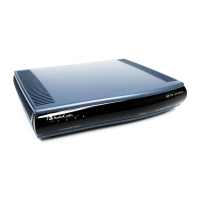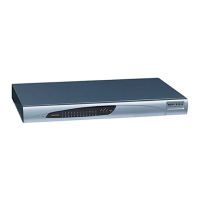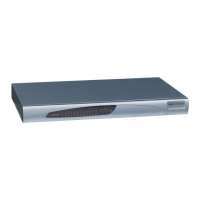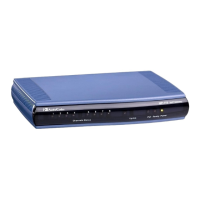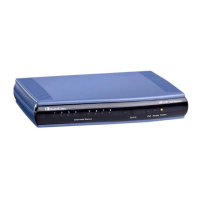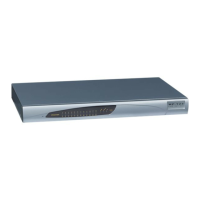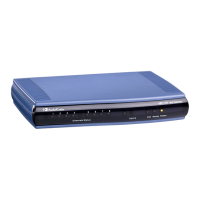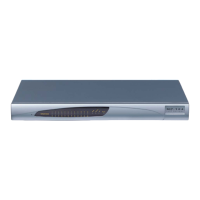SIP User's Manual 334 Document #: LTRT-12801
MP-500 MSBG
Parameter Description
Out-of-Service (Busy Out) Parameters
Web/EMS: Enable Busy Out
[EnableBusyOut]
Determines whether the Busy Out feature is enabled.
[0] Disable = 'Busy out' feature is not used (default).
[1] Enable = 'Busy out' feature is enabled.
When Busy Out is enabled and certain scenarios exist, the
device performs the following:
A reorder tone (determined by FXSOOSBehavior) is played
when the phone is off-hooked.
These behaviors are performed upon one of the following
scenarios:
Physically disconnected from the network (i.e., Ethernet
cable is disconnected).
The Ethernet cable is connected, but the device can't
communicate with any host. Note that LAN Watch-Dog
must be activated (the parameter EnableLANWatchDog
set to 1).
The device can't communicate with the proxy (according
to the Proxy Keep-Alive mechanism) and no other
alternative route exists to send the call.
The IP Connectivity mechanism is enabled (using the
parameter AltRoutingTel2IPEnable) and there is no
connectivity to any destination IP address.
Notes:
The FXSOOSBehavior parameter determines the
behavior of the FXS endpoints when a Busy Out or
Graceful Lock occurs.
FXO endpoints during Busy Out and Lock are inactive.
Refer to the LifeLineType parameter for complementary
optional behavior.
Web: Out-Of-Service Behavior
EMS: FXS OOS Behavior
[FXSOOSBehavior]
Determines the behavior of undefined FXS endpoints and all
FXS endpoints when a Busy Out condition exists.
[0] None = Normal operation. No response is provided to
undefined endpoints. A dial tone is played to FXS
endpoints when a Busy Out condition exists.
[1] Reorder Tone = The device plays a reorder tone to
the connected phone / PBX (default).
[2] Polarity Reversal = The device reverses the polarity of
the endpoint, marking it unusable (relevant, for example,
for PBX DID lines). This option can't be configured on-
the-fly.
[3] Reorder Tone + Polarity Reversal = Same as 2 and 3
combined. This option can't be configured on-the-fly.
[4] Current Disconnect = The device disconnects the
current of the FXS endpoint. This option can't be
configured on-the-fly.
Note: This parameter is applicable only to FXS interfaces.
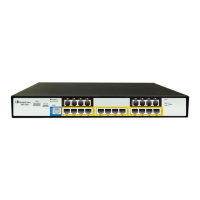
